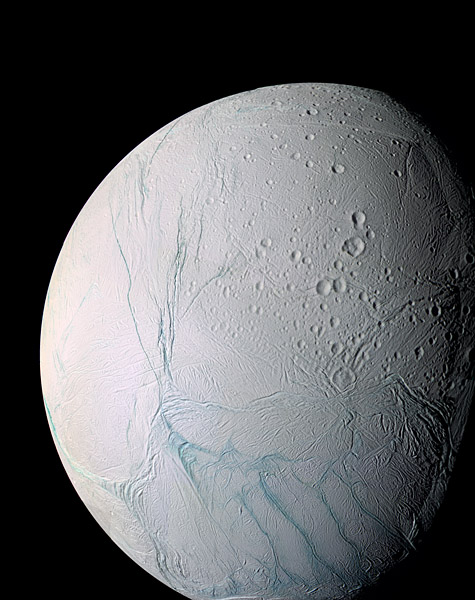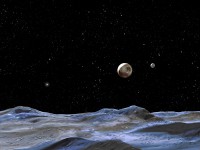This is a mosaic of images showing cracks in Saturn’s moon Enceladus taken by the Cassini spacecraft during its close flyby on March 9 and July 14, 2005. (NASA/JPL/Space Science Institute)
Home This is a mosaic of images showing cracks in Saturn’s moon Enceladus taken by the Cassini spacecraft during its close flyby on March 9 and July 14, 2005. (NASA/JPL/Space Science Institute) This is a mosaic of images showing cracks in Saturn's moon Enceladus taken by the Cassini spacecraft during its close flyby on March 9 and July 14, 2005. (NASA/JPL/Space Science Institute)




